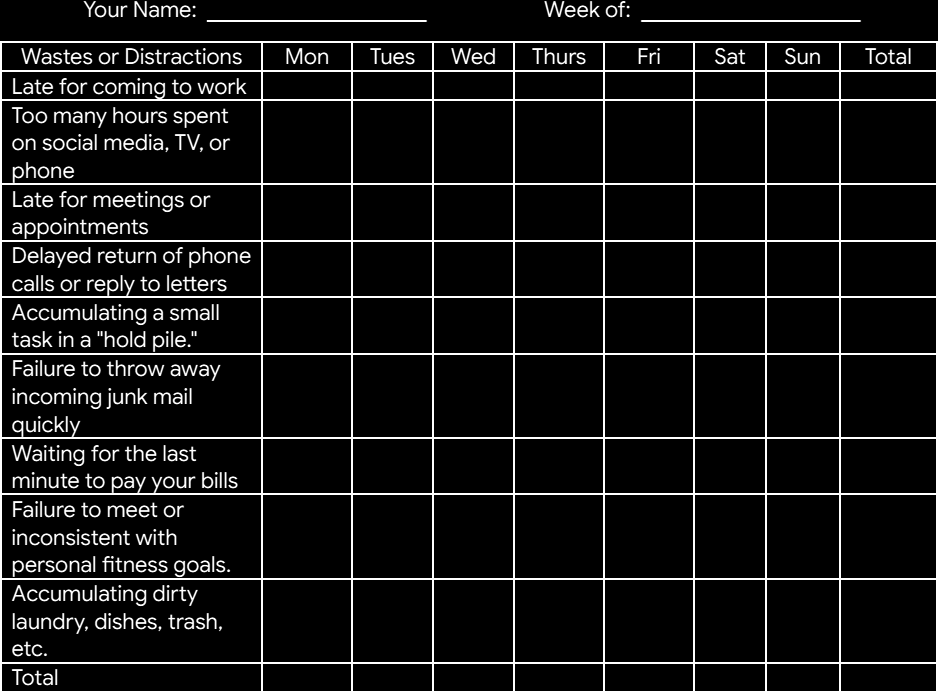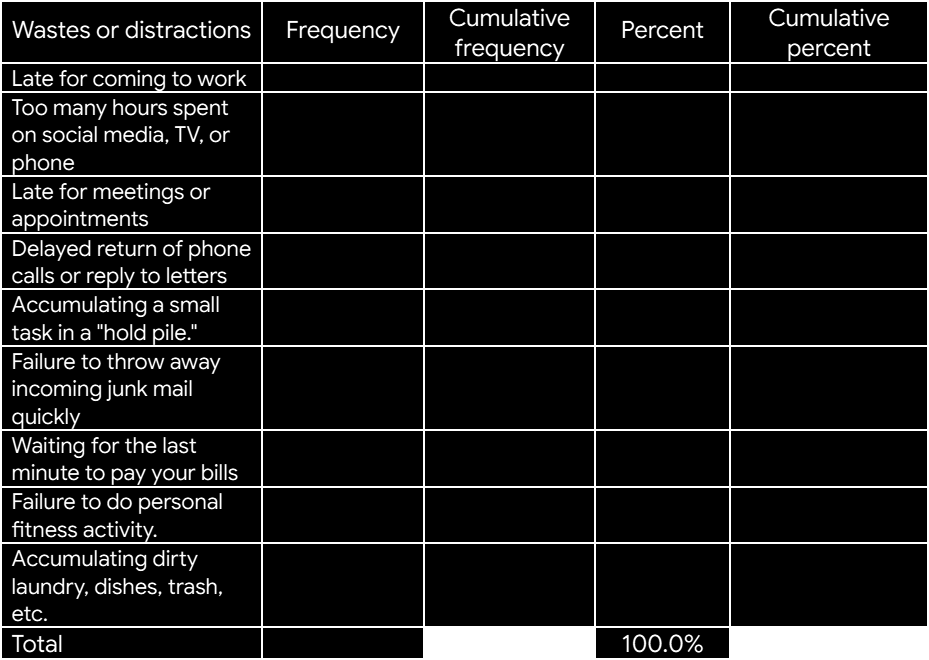Click below to hear a podcast about this article!
Dr. W. Edwards Deming is recognized as the Father of Quality Management. Scholars and practitioners in the quality circle call his influence the primary impetus that rocked the beginning of the “quality revolution.” He advocated for quality management until he was 93. He was very influential, propelling the value of quality improvement, which he started implementing in Japan in the early 1950s. The Japanese credited Dr. Deming for their economy’s victorious resurrection from the ruins of World War II to becoming a global economic powerhouse. Since then, the Deming 14 Points has become a powerful management philosophy for organizational transformation that the rest of the world implemented.
Applying the Deming 14 Points Model for personal development and enrichment was an inspiration from the work of Roberts and Sergesketter (1993), Quality is Personal: A Foundation for Total Quality Management. Roberts admitted he had “excellent qualifications to be a guinea pig for personal quality checklists.” Most notably, Sergesketter shared his checklist with his associates at ATT, and 18 months later, he saw positive outcomes, which his associates shared with him.
Let us begin with your Personal Quality Checklist, as illustrated below. Doing a checklist helps us pay close attention to the “wastes” or “unnecessary, ” or “distractions” that do not contribute to our personal growth and development. Make a list of your inventory. Identify the areas you fall short of that must be addressed to achieve the change you want to enhance your personal and professional growth. Try to set high expectations. Try this approach for four weeks. Assess your progress after the end of each week. At the end of four weeks, we will use one of the statistical tools in total quality management (TQM) to evaluate your progress, the Pareto Analysis, for a straightforward analysis.
(NOTE: This simple illustration could be applied to
your business. Hit “Contact Us” for help.)

Set your own goals. Understand the concept of personal accountability.
Ask yourself―
- “Where do you hope to be one year or five years from now?”
- “How can you achieve continual growth and enhance your competitive advantage?”
- “How may you reach your goals?
- “By what methods?”
Dr. Deming stressed that trying harder is not the answer to quality improvement; instead, it is by doing things differently and better. TQM promotes waste prevention at the beginning of a process or activity rather than during or after the activity has been completed. Gather relevant information to mitigate or eliminate the “wasteful activities” or “daily distractions” that impede your progress. For example, is the reason for your coming to work on time due to car problems? Then, fix that problem and go to your mechanic.
Examples of wasteful activities
- Performing unnecessary personal activity that serves no purpose.
- Repetition of a completed task when the task has been satisfactorily completed.
- Searching/hunting for missing items.
- Gathering information or data that will never be used.
- Prolonging a meeting or discussion long after the agreement is reached.
- Opening mail, putting it in the “hold pile,” then attending to it later.
Preliminary Pareto Analysis

Legend:
Frequency = total number of times the activity was committed during the four weeks. The first entry in the “Cumulative Frequency” will be the same as this first entry under “Frequency.”
Cumulative Frequency = Frequency + Cumulative Frequency (Remember that the first entry under this column is the exact first entry under “Frequency”). Subsequent entries are obtained by adding the entries under “Frequency” and “Cumulative Frequency” until all the entries are entered.
Percent = Frequency divided by Total Frequency.
Cumulative Percent = Cumulative Percent + entries under “Percent,” where the first entry under this column is the exact first entry under “Percent.” Follow the same process as with “Cumulative Frequency.
The entries under “Frequency” with high numerical values account for the serious wastes or distractions that need improvement. The Pareto Principle separates the vital few from the trivial many.



